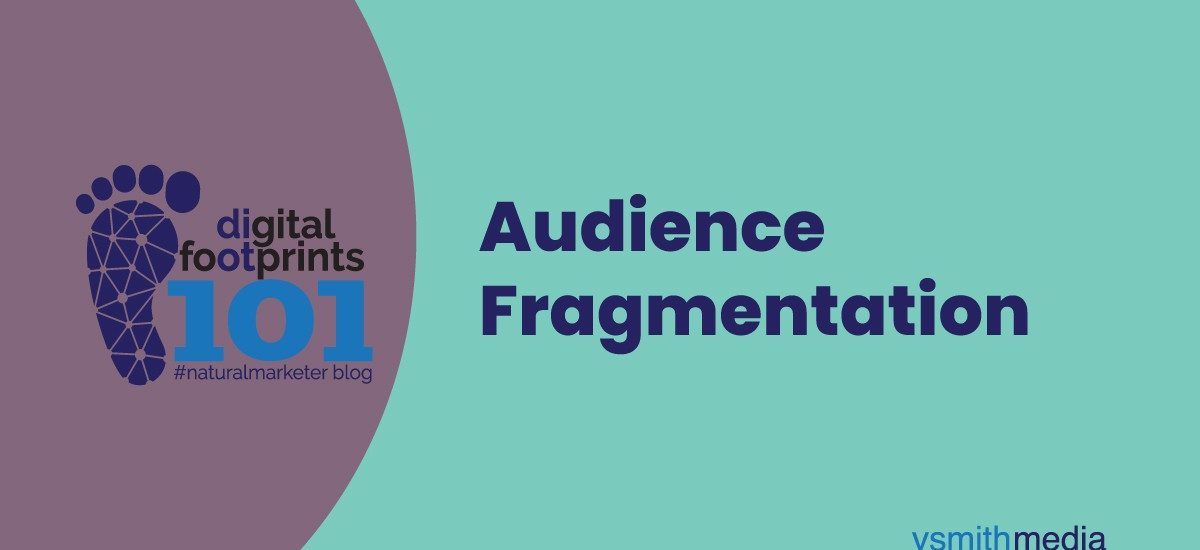Audience fragmentation, in the context of media and marketing, refers to the phenomenon where a once-unified or homogenous audience becomes divided or fragmented into smaller, more specialized, and distinct segments.
This division occurs due to various factors, including:
Changes in media consumption habits: The rise of digital media and the proliferation of online platforms have provided audiences with more choices and control over how they consume content. This has led to the fragmentation of traditional broadcast audiences and the emergence of niche online communities.
Evolving demographics: Populations are becoming increasingly diverse, with differences in age, ethnicity, cultural background, and socioeconomic status. This diversity also contributes to the fragmentation of audiences, as different groups develop their own unique preferences and needs.
Diverse consumer preferences: People are no longer content with a one-size-fits-all approach to media and marketing. They are increasingly seeking out content and experiences that are tailored to their specific interests and values. This creates demand for more specialized content and niche products and services.
The proliferation of communication channels: The explosion of digital channels, such as social media platforms, blogs, and streaming services, has made it easier for people to connect with others who share their interests. This has fostered the growth of niche communities and further contributed to audience fragmentation.
Here are some of the key consequences of audience fragmentation:
- Increased competition for audience attention: With so many competing voices and platforms, it is becoming increasingly difficult to capture and hold the attention of audiences.
- The need for targeted marketing: Traditional mass marketing approaches are no longer as effective in reaching targeted audiences. Marketers need to develop more sophisticated strategies that focus on specific segments and niches.
- The rise of influencers: Niche communities often turn to trusted individuals for recommendations and information. This creates opportunities for influencers to play a significant role in reaching and engaging with fragmented audiences.
- The importance of personalization: To stand out from the crowd, brands and organizations need to personalize their offerings and communication to cater to the specific needs and preferences of their target audiences.
Overall, audience fragmentation presents both challenges and opportunities for marketers and communicators. By understanding the factors that drive fragmentation and the consequences it has, you can develop strategies that effectively reach and engage your target audiences in a fragmented media landscape.





